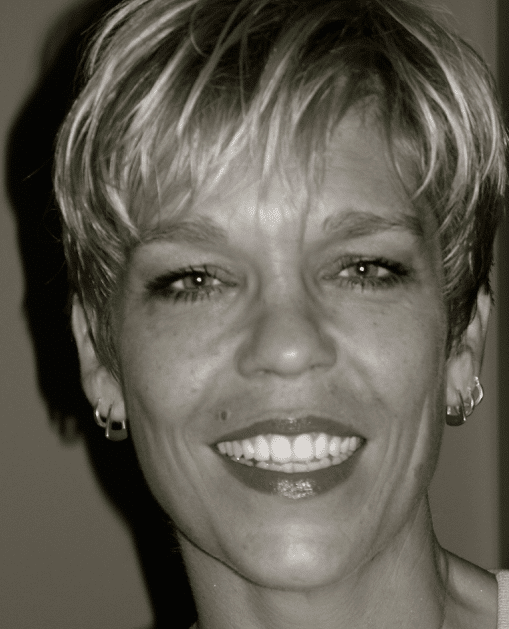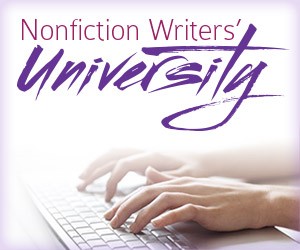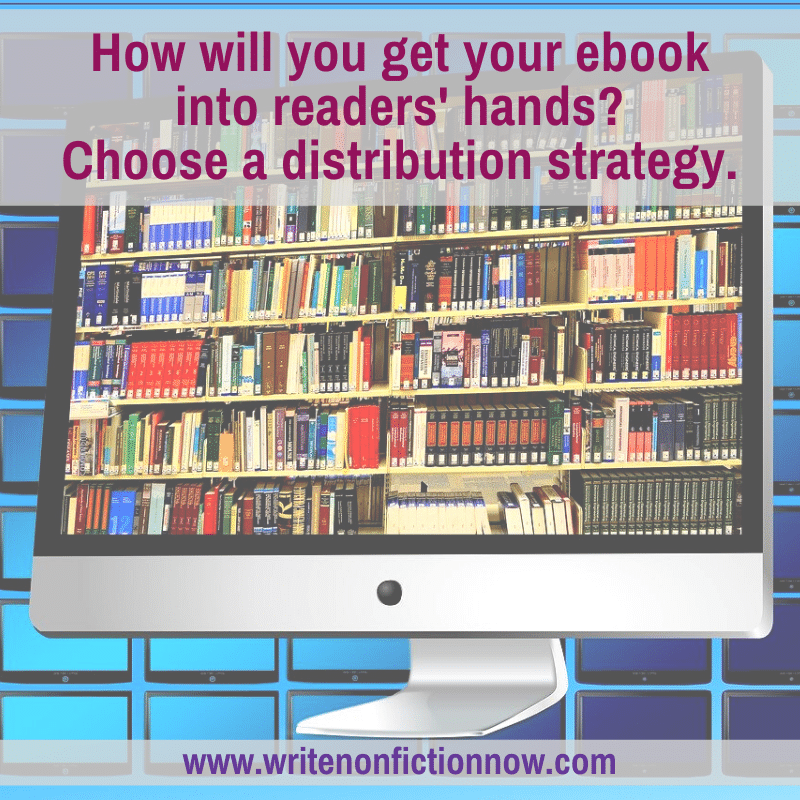Earlier this year, we published a summary of the benefits and advantages of only publishing an ebook. If you’ve decided that publishing an ebook is the right path for your nonfiction book, you still have distribution decisions to make.
Your distribution model can be as simple or complex as you like. We’re going to look at three different strategies, based on the level of time and effort you want to exert to set up and maintain your distribution network:
- Go direct and exclusive with Amazon.
- Go direct and nonexclusive with Amazon, and merge all other activity through a single aggregator.
- Go direct and nonexclusive with Amazon and one or more of the primary online ebook retailers (Rakuten’s Kobo Writing Life, Barnes & Noble Press, Apple Books, and Google Play Books) and one or more aggregators.
The one constant in all three options is a direct-distribution channel through Amazon. Amazon dominates the marketplace, and most authors find this sales via Amazon account for most online book sales. By going direct with Amazon, you’ll be able to keep more of your book royalties rather than paying a ~10% commission for an aggregator to distribute your book through Amazon on your behalf. Direct with Amazon is the obvious choice for an indie author.
1. Keep it Simple: Go Direct and Exclusive with Amazon
If your plan is to keep your ebook distribution network as simple as possible, this is the best option.
Benefits of Going Direct and Exclusive with Amazon
- You only have one retailer account to set up and manage.
- All sales, royalties, and payment tracking are centralized in one dashboard. This streamlines your management and minimizes your author oversight tasks.
- You don’t have to create and manage different versions of your ebook draft on other publishing platforms.
- Amazon exclusivity enrolls you in Kindle Unlimited (KU) and Kindle Owners’ Lending Library (KOLL). These two Amazon subscription programs reimburse authors based on page reads.
- You can promote your book during your exclusivity period using one of Amazon’s price-based events. For instance, you can offer your books for free. Or you can schedule a countdown deal that automatically reprices your book from a promotional price back up to its list price over a set period of days.
- KDP Select enrollment makes your book eligible for 70% royalty on sales in territories you’d only receive a 35% royalty rate if you weren’t exclusive with Amazon.
Disadvantages of Amazon Exclusivity
- You will only reach about 80% of your potential reader base. The remaining readers either don’t want to buy from Amazon because of their dominance in the marketplace, or Amazon isn’t active in their region.
- When you enroll your book in KDP Select, you can’t distribute your ebook anywhere else, including direct sales from your website.
The beauty of Amazon exclusivity is that you’re only locked in for 90 days. This allows you to test the viability of KDP Select and see whether your book attracts revenue from page reads.
If you’re not sure whether the benefits of Amazon exclusivity are the right fit for you, try it for one or two 90-day periods. At the end of that time, review the level of income you receive from page reads.
Some books and genres do well in KU and KOLL, whereas others don’t. So test your book and see what works for you. If you’ve been actively promoting your book but don’t seem to attract page reads, then it may be time to expand your reach. See whether you can increase book sales through an aggregator or going direct with another ebook retailer.
2. Still Simple: Go Direct and Nonexclusive with Amazon and Use a Single Aggregator
We’ve already established the benefits of going direct with Amazon, but you don’t have to have an exclusive relationship with this retailer. Nor do you have to go direct with the other four primary ebook retailers.
You can streamline your wider distribution network through an aggregator like Draft2Digital, PublishDrive, or Smashwords. They all work on a commission basis with no upfront fee. You don’t pay them any money until you sell a book.
Draft2Digital and Smashwords are primarily English-speaking territories, whereas PublishDrive has more of an international focus. They all distribute to retailers, libraries, subscription services, and other aggregators.
You can reach Apple Books, Barnes & Noble, and Kobo through any of the aggregators, but not all of them have access to Google Play.
Most of your online ebook sales will probably come from Amazon—they dominate the marketplace. Even though an aggregator takes a small royalty percentage, it’s offset by the time and effort you save consolidating your distribution through an aggregator.
This chore of maintaining a current version of your book across multiple retailers isn’t such a concern for novelists, whose content is more or less static. But nonfiction content can be a moving target, and maintaining frequent content updates can be challenging. The more books you have, the more complex it becomes. An aggregator makes this job easy—just upload once, and the new version becomes available everywhere.
Although your aggregator takes a small percentage before they pay you royalties, going with Amazon and one aggregator means you only have two accounts to set up and maintain.
The downside is that you won’t be able to reach all available outlets via a single aggregator. You may have to set up an account with multiple aggregators to broaden your reach, especially if there’s a specific marketplace you’re trying to target.
3. Getting Complex: Go Direct and Nonexclusive with Amazon and Choose One or More Primary Retailers and Aggregators
Going direct with primary retailers means you get to keep a higher percentage of your royalties (usually about 10% more). You can go with one, a few, or all of them. Some accounts are simple to set up, but Apple Books requires a Mac computer, and there’s a waitlist process to gain direct access to Google Play.
You can simplify your network by only going with one aggregator. But the more aggregators you sign up with, the wider your distribution network, and the more readers you can reach.
A word of caution. You can make your distribution as complex as you want to reach as many retailers, distributors, libraries, and subscription services as possible. However, it will become a challenge to manage if you publish multiple books. Also, consider that one-size doesn’t fit all. A distribution model that works well for one book may not work for another.
My Ebook Distribution Journey
When I self-published my first two travel guides, I went direct with all major retailers and one aggregator. Then I followed the same model for all my other nonfiction books.
Most of my nonfiction books require continual updates, and my wide distribution strategy became challenging. When I reviewed my non-Amazon generated sales, I realized that the effort it took to maintain a current version of my book across six ebook companies just wasn’t worth the effort.
So I removed my travel guides from everywhere else and signed up for my first exclusive period with Amazon. Within those 90 days, I earned more money from page reads through KU and KOLL than I’d made in book sales over the previous two-year period.
Depending on your target audience and your book’s content, it might benefit you to be exclusive with Amazon. That said, using a wider distribution model may be more financially lucrative for you.
Even if you opt for an exclusive ebook deal with Amazon, you can set up a different distribution network for your paperback version. This is a good solution for authors who don’t want to put all of their eggs in one basket. It’s also a good choice if you are morally opposed to supporting Amazon’s monopoly on the book industry and prefer to spread your support to other retailers and aggregators in the marketplace.
When defining your ebook distribution strategy, what works for one author might not be a good fit for another. The benefit of being a self-published author is that you’re in the driver’s seat. You get to determine whether you go exclusive, consolidate through an aggregator, or go direct with as many online retailers as possible.
What distribution strategy are you using for your nonfiction book? Leave me a comment below. Also, share the challenges or successes you’ve encountered with your distribution strategy.
About the Author
Jay Art ale abandoned her corporate career to become a digital nomad and full-time writer. She’s an avid blogger and a nonfiction author helping travel writers and travel bloggers achieve their self-publishing goals. Join her at Birds of a Feather Press where she shares tips, advice, and inspiration to writers with an independent spirit.
ale abandoned her corporate career to become a digital nomad and full-time writer. She’s an avid blogger and a nonfiction author helping travel writers and travel bloggers achieve their self-publishing goals. Join her at Birds of a Feather Press where she shares tips, advice, and inspiration to writers with an independent spirit.
 Do you want to learn more about becoming a nonfiction author? Check out the Nonfiction Writers’ University. Get the education and coaching to help you succeed as a nonfiction writer. Take advantage of monthly live group author coaching, and gain access to a an extensive archive or educational resources, like interviews with experts, challenges, homework assignments, courses, and ebooks. If you’ve wanted one place to go for all your nonfiction writing and publishing needs, this is it. And if you’ve wished you purchase Nina Amir’s best courses or could hire her as your author coach, now you can…for a small monthly investment. Enjoy a 30-day trial membership for only $1.
Do you want to learn more about becoming a nonfiction author? Check out the Nonfiction Writers’ University. Get the education and coaching to help you succeed as a nonfiction writer. Take advantage of monthly live group author coaching, and gain access to a an extensive archive or educational resources, like interviews with experts, challenges, homework assignments, courses, and ebooks. If you’ve wanted one place to go for all your nonfiction writing and publishing needs, this is it. And if you’ve wished you purchase Nina Amir’s best courses or could hire her as your author coach, now you can…for a small monthly investment. Enjoy a 30-day trial membership for only $1.
Photo courtesy of Geralt.
